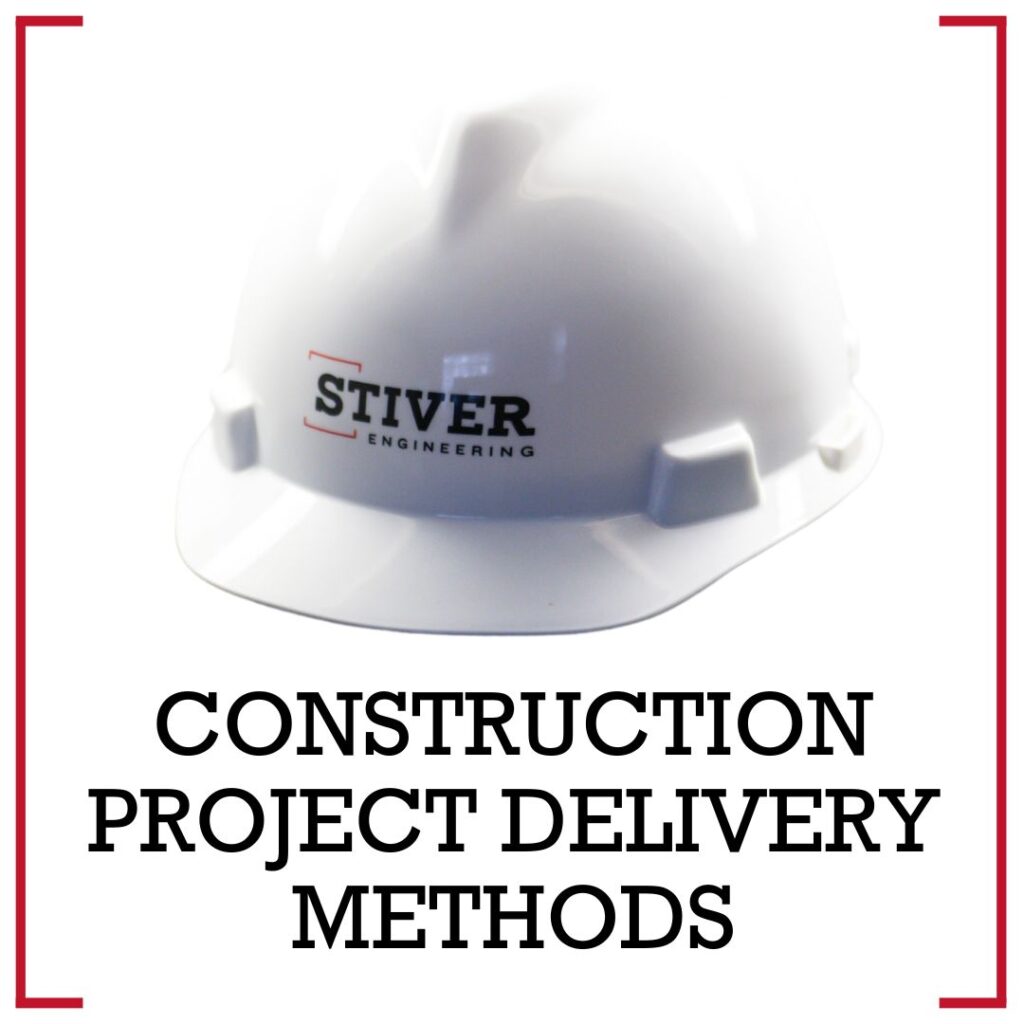Every construction project starts with a critical decision—choosing the right project delivery method. This choice impacts everything from communication and cost control to risk management and project efficiency. At Stiver Engineering, we work closely with contractors, owners and municipalities to ensure the best approach for tunneling, water management and heavy civil infrastructure projects.
Understanding the differences between each method helps stakeholders align expectations and responsibilities, ensuring a smoother execution from design through construction.
Understanding Project Delivery Methods
Construction project delivery methods define the relationships and responsibilities among project stakeholders. While the traditional model involves separate contracts for design and construction, alternative methods integrate teams for better efficiency and cost control. The six most common delivery methods in construction are:
- Design-Bid-Build (DBB): Often referred to as the traditional method, DBB involves a clear separation between design and construction. The owner contracts a design team to create project documents, then invites bids from contractors. While this method promotes competitive pricing, it can lead to increased project duration due to sequential execution. At Stiver, we provide engineering design that minimizes risk by anticipating constructability issues early, reducing costly redesigns and delays.
- Design-Build (DB): This approach consolidates design and construction under one contract, streamlining communication and potentially reducing project duration. The owner works with a single entity responsible for both aspects, minimizing coordination issues. However, it requires careful selection of a firm that can balance design integrity and cost efficiency. We often support contractors in design-build projects by providing specialized engineered solutions that integrate seamlessly into the overall project, ensuring structural integrity and compliance with regulatory requirements.
- Construction Manager at Risk (CMAR): In this method, the construction manager acts as an advisor during design and assumes risk by guaranteeing a maximum price. This approach enhances cost control and schedule management but places greater responsibility on the construction manager to maintain efficiency. Stiver works with CMAR teams by providing specialized engineering solutions, such as excavation support, tunneling design and dewatering systems that help keep projects on schedule and within budget.
- Construction Management Multi-Prime (CMMP): The owner acts as the general contractor, contracting directly with multiple trade contractors and the design team. This method provides greater control but requires significant experience to manage various contracts and potential coordination challenges.
- Public-Private Partnership (PPP or P3): This model brings together public entities and private firms to finance, design, build, and sometimes operate infrastructure projects. Common for large-scale public works, P3s leverage private sector expertise while ensuring public investment remains efficient. However, they require long-term planning and risk-sharing agreements. Our role in P3 projects includes engineering consulting, feasibility analysis and structural design to ensure critical civil infrastructure is built efficiently and maintains long-term durability.
- Integrated Project Delivery (IPD): IPD fosters collaboration by contractually binding all key stakeholders—including the owner, designers, and builders—into a shared-risk and shared-reward agreement. This method is ideal for complex projects requiring innovation but demands extensive upfront planning and cooperation. With Stiver’s expertise in tunneling, deep excavation and structural engineering, we provide innovative solutions that enhance constructability while minimizing costly delays.
Factors to Consider When Selecting a Delivery Method
Each construction project has unique demands, making it essential to assess several factors before selecting the best delivery method:
- Project Type and Complexity: Simple projects may benefit from DBB, while highly technical or large-scale projects often require DB or IPD for streamlined execution.
- Risk Management: If minimizing financial and schedule risks is a priority, CMAR or IPD may be suitable options due to their collaborative nature and cost predictability.
- Budget and Cost Control: Fixed budgets may align better with CMAR or DB methods, while competitive pricing in DBB could lead to lower costs but a potentially lengthier process.
- Project Timeline: Fast-track projects often benefit from DB or CMAR, allowing design and construction phases to overlap for quicker completion.
- Owner’s Experience and Involvement: Owners with extensive experience may opt for CMMP for greater control, while less experienced owners might prefer DB or P3 for streamlined execution.
Choosing the right project delivery method requires careful consideration of project needs, budget constraints, and risk tolerance. While traditional methods like DBB remain prevalent, alternative approaches such as DB, CMAR, and IPD provide innovative solutions for modern construction challenges. By evaluating the best fit for each project, stakeholders can enhance efficiency, cost-effectiveness, and overall project success.
If you’re planning a project and need expert engineering support, contact Stiver Engineering to discuss how we can help drive success from design through completion.


